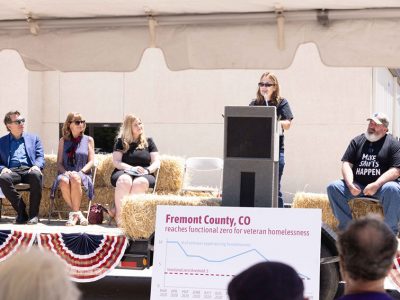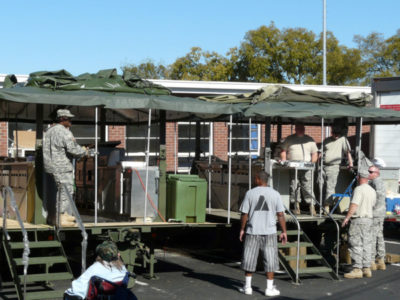
Denver: In this research, in speaking to these system-change leaders, did you find that any of them had to adapt their approach in order to secure some funding?
Lija: We did find that, and we heard a couple of things along those lines. One, that it was easier to fundraise for more direct service or bounded programmatic aspects of the work. And so some of these nerve centers actually created programmatic components to package their work and get funding, some of which could hopefully do the nerve center things they were doing off the sides of their desks.
And some actually just were just grappling, trying to figure out: How do I actually explain how important this type of convening is to our funders? And that convening is actually expensive and a lot of work and a lot of capacity. And yet, we can’t get grants for that or can’t get grants for building trusting relationships… all of my work every day, picking up the phone and calling other folks doing this work.
And so, these organizations are really trying to find bridges into the current philanthropic paradigm. That’s where we’re saying, “It’s one thing to ask these organizations to change, it’s another to ask philanthropy to shift as well.”
Denver: Radical idea, isn’t it? At the heart of your report, Lija, is that if funders continue to employ traditional due diligence designed to assess these short-term direct service programs, nothing is really going to change. They’re never going to get funded. So what you do, and your co-authors, is you propose a different approach, and you take it from two perspectives: first, what to look for as a funder; and second, how to assess it.
So let’s take “What to look for,” and you have broken this down into four components. I think you called them “superpowers.” And maybe you can walk us through each and give us an example. Why don’t we start with “A deep understanding of the problem and the ecosystem.” Why don’t you speak about that and how community change would be emblematic of that superpower.
Lija: Wonderful. Yes, we have four superpowers that we’ve highlighted. And let me just first start by naming these assets, these superpowers are the kinds of things that are invisible in general in philanthropy. You can’t count them up or measure them in a certain way. So starting with this deep understanding of the problem and ecosystem.
And thank you for surfacing Community Solutions as an example. We’ve learned a lot from Roseanne Haggerty’s work in New York City where she began. When Roseanne started the work, her first project was to transform the Times Square Hotel into this affordable housing initiative. It was successful, and yet she looked around, and homelessness in New York City continued to rise. And so she gathered folks. She talked with other groups working on homelessness, and they basically realized the system is not designed to end homelessness. We’re each funded to do our individual things, and yet there’s no big picture strategy here. And that’s a huge problem.
And so, when she started Community Solutions, this work to actually understand the problem and everyone who was working on it with data, with insights from lived experience. Roseanne talks about her most important teacher in the work is an 80-year-old woman living on the streets of Times Square. So that deep understanding with a multifaceted view from all of these myriad actors is that first superpower.



